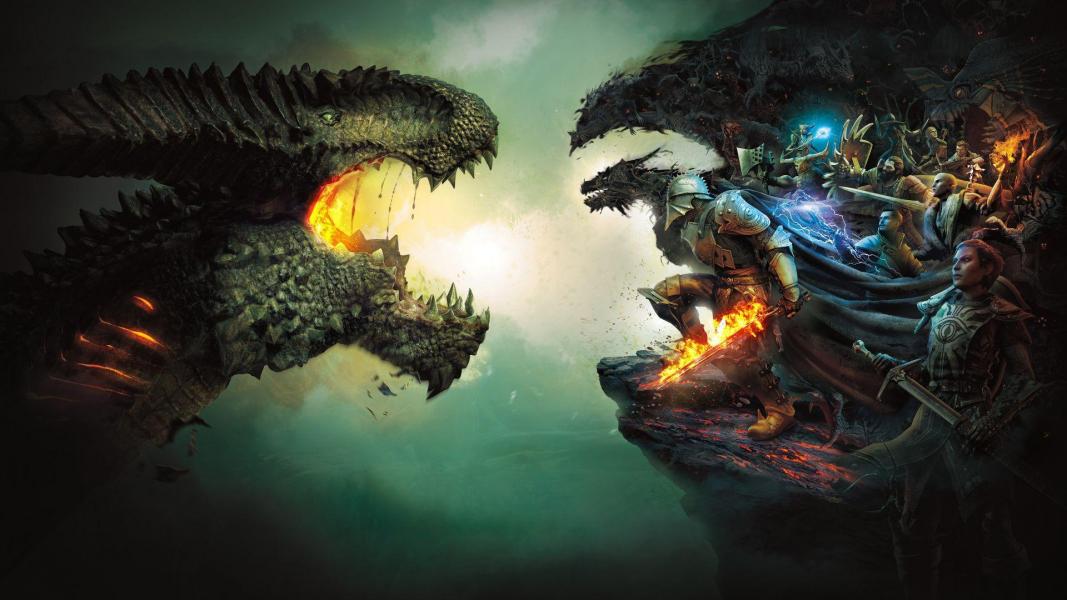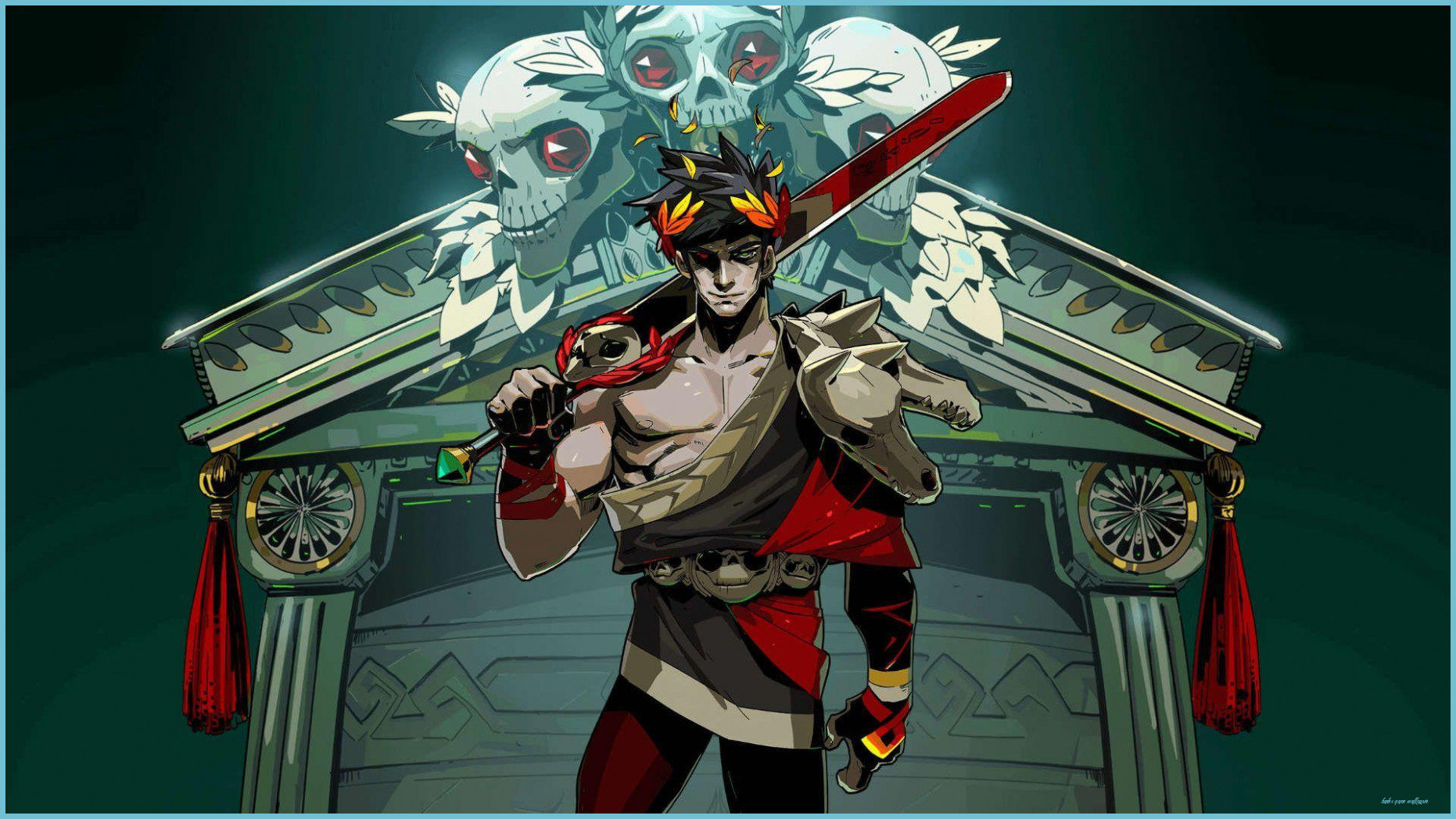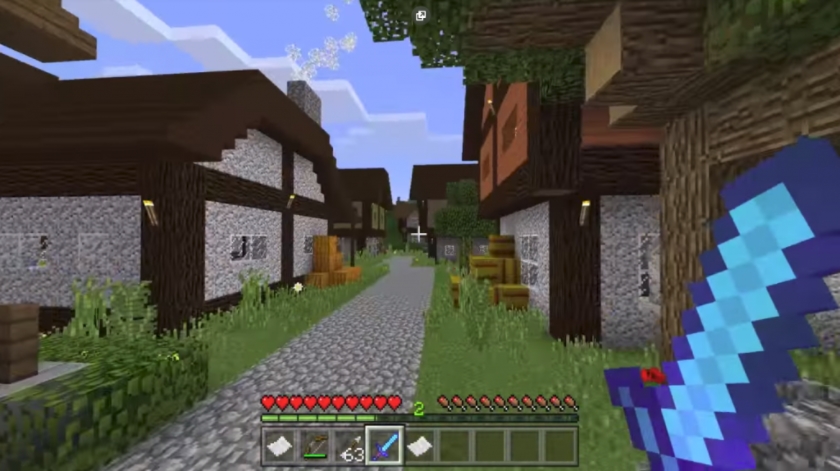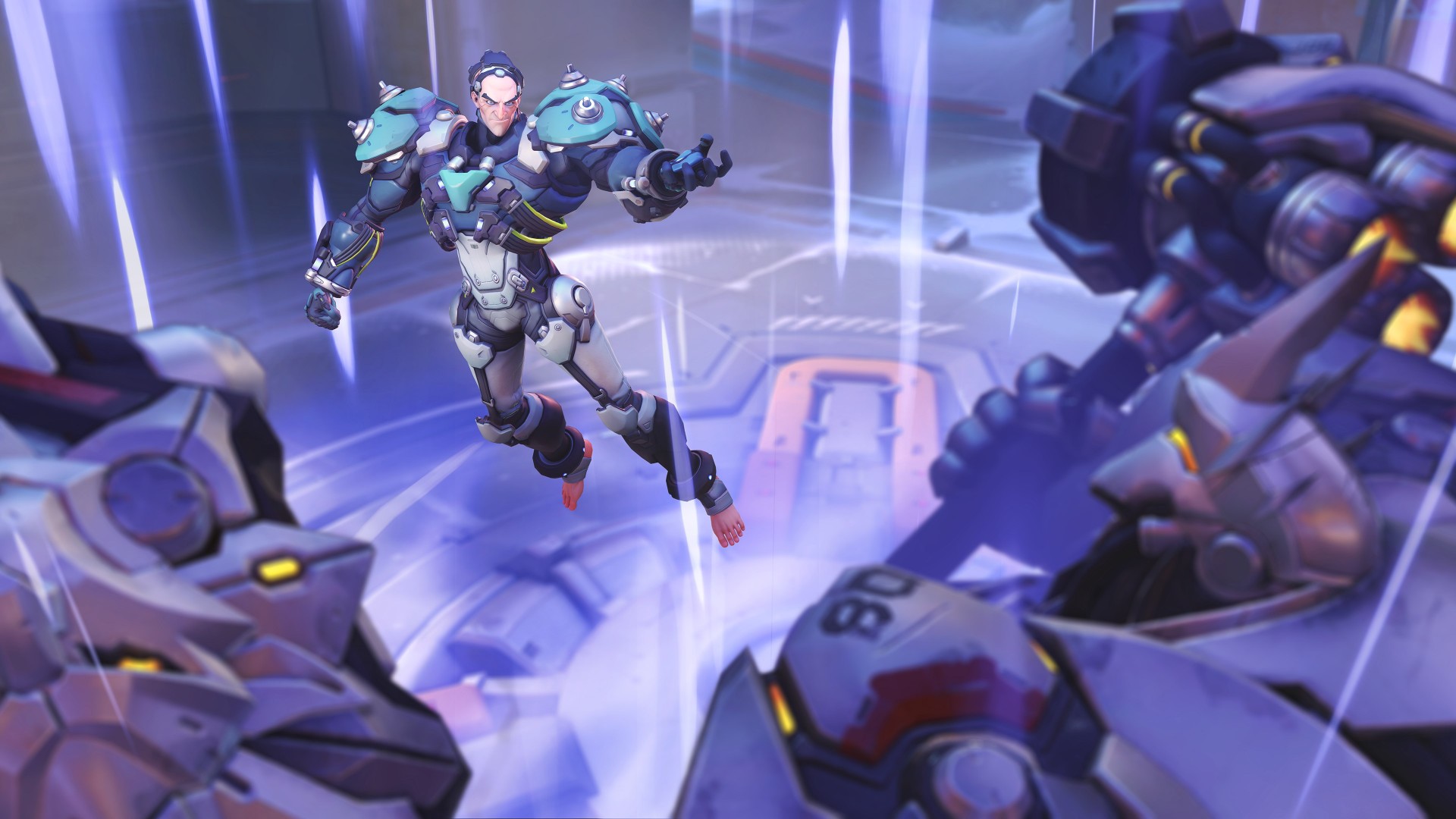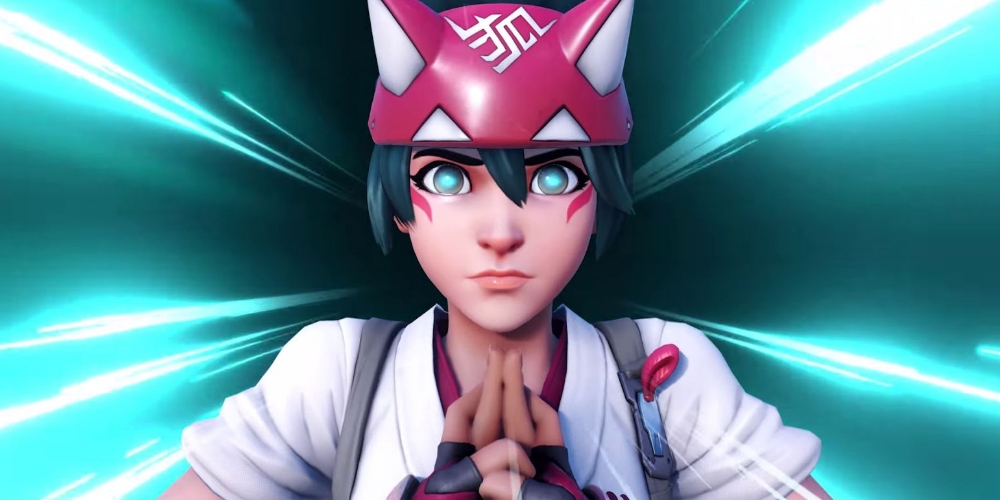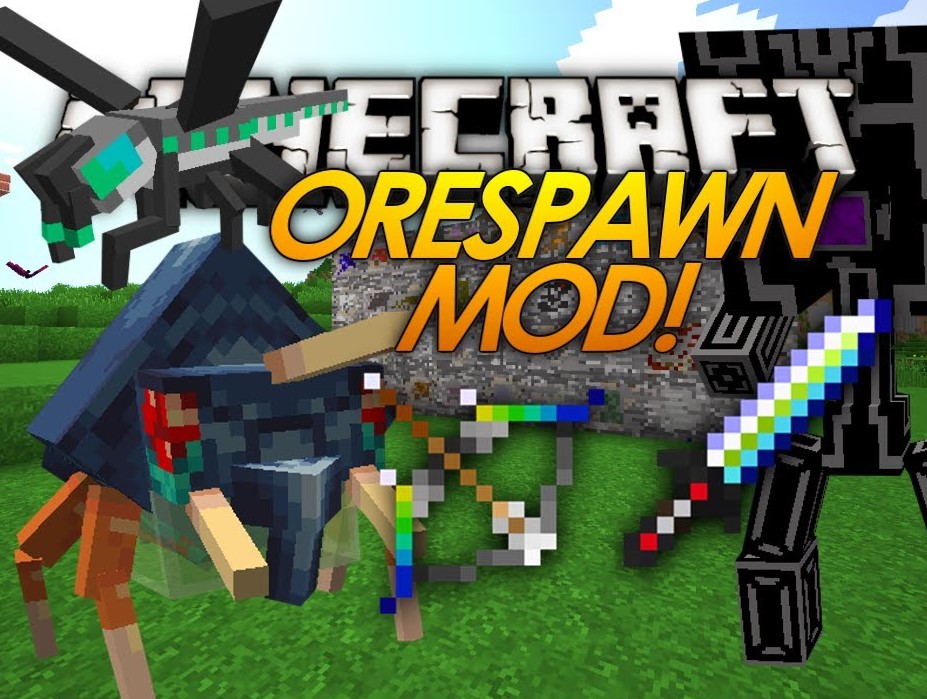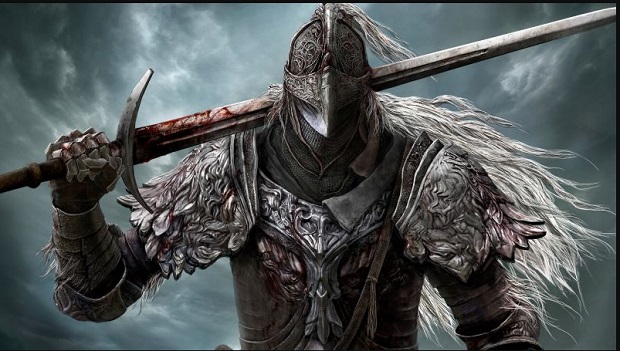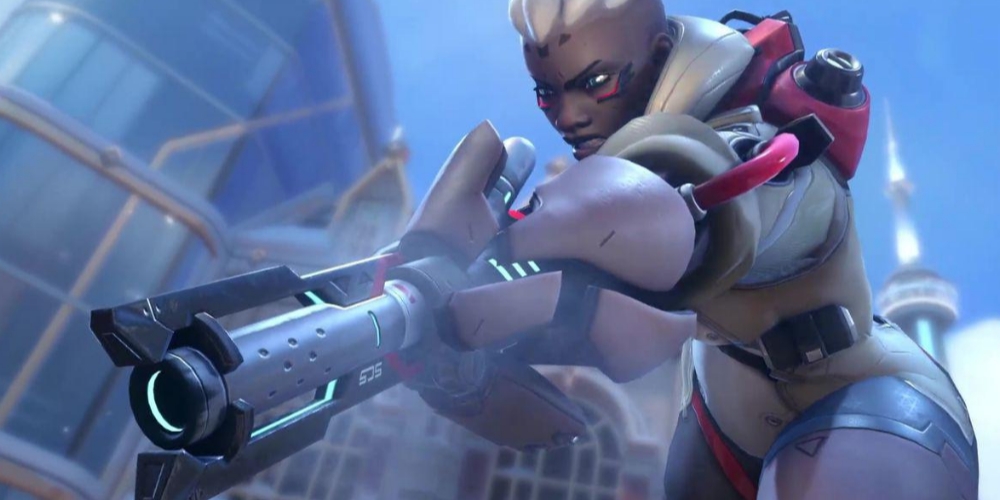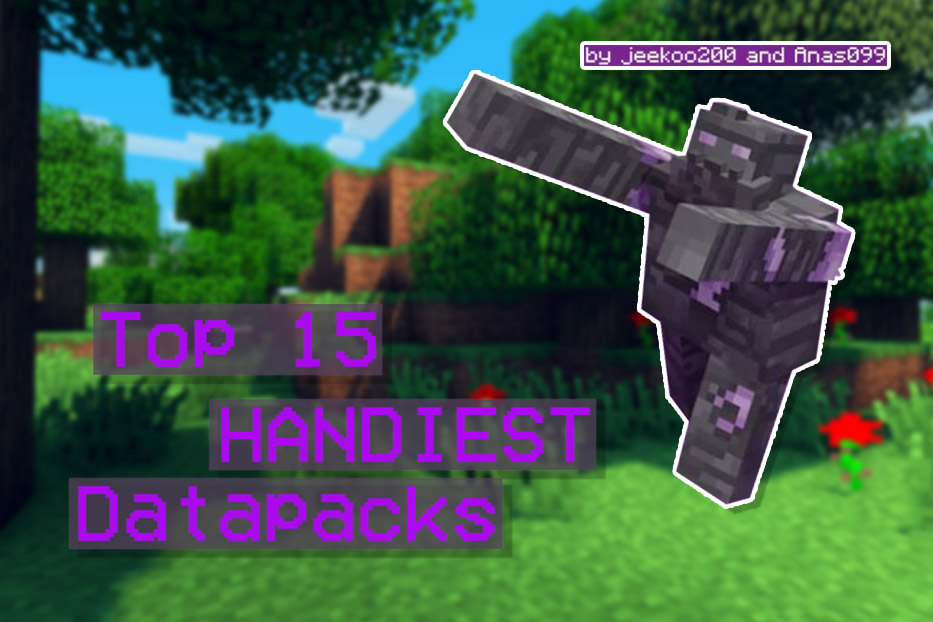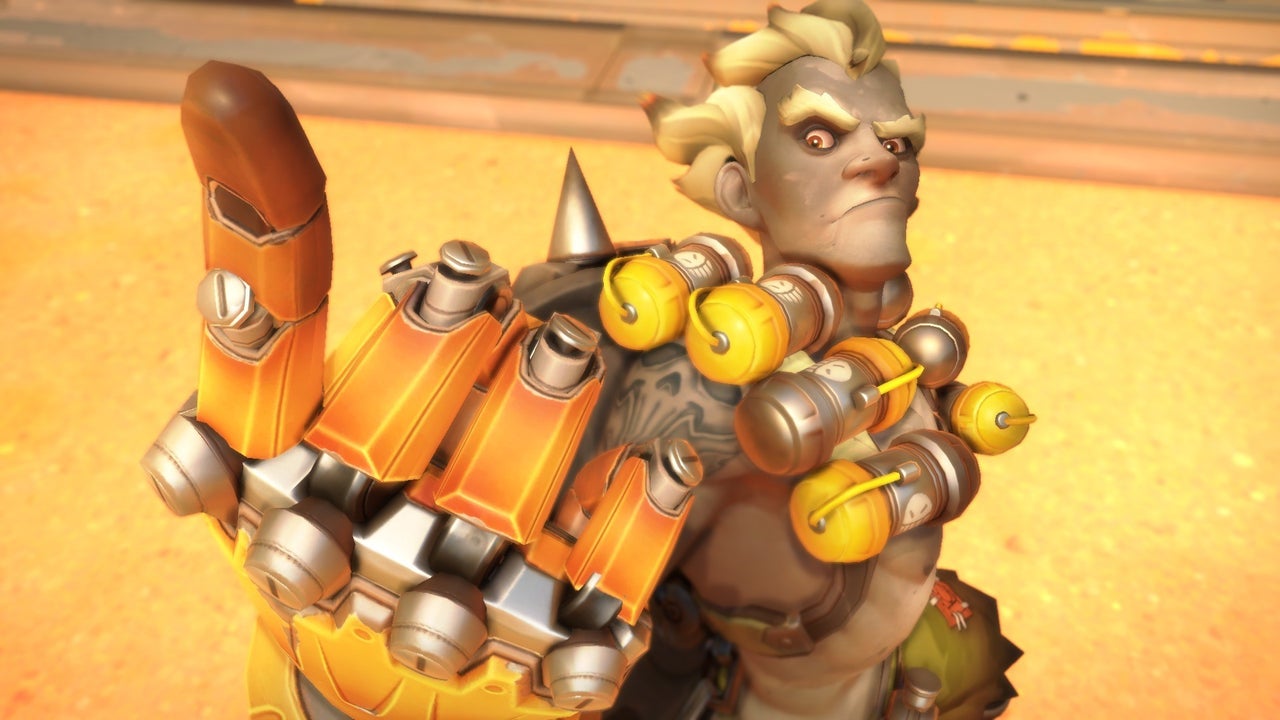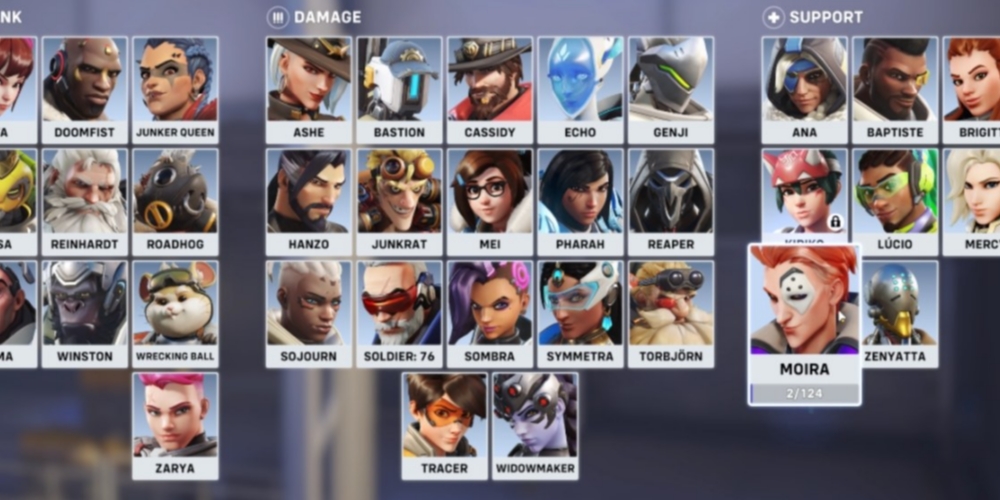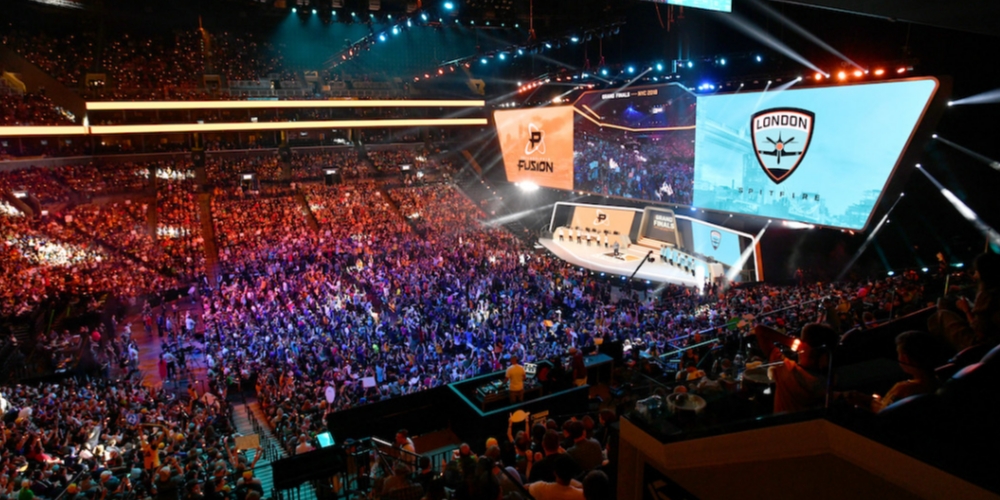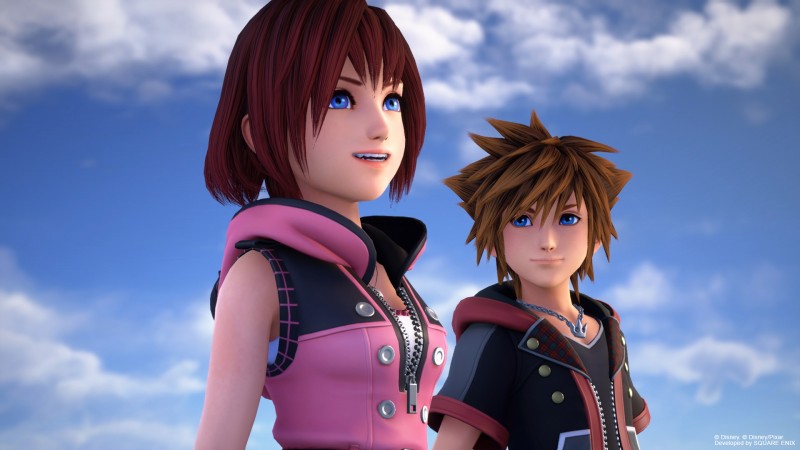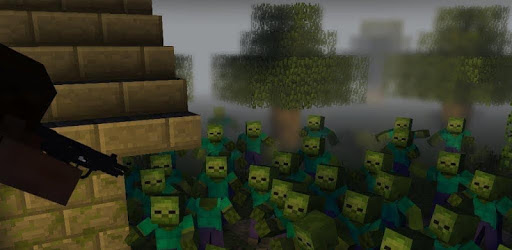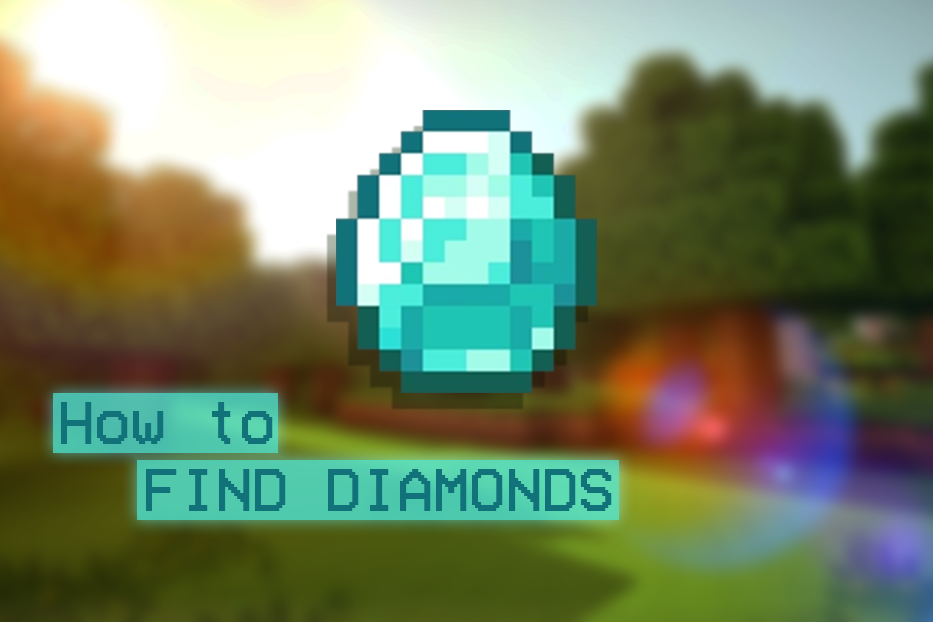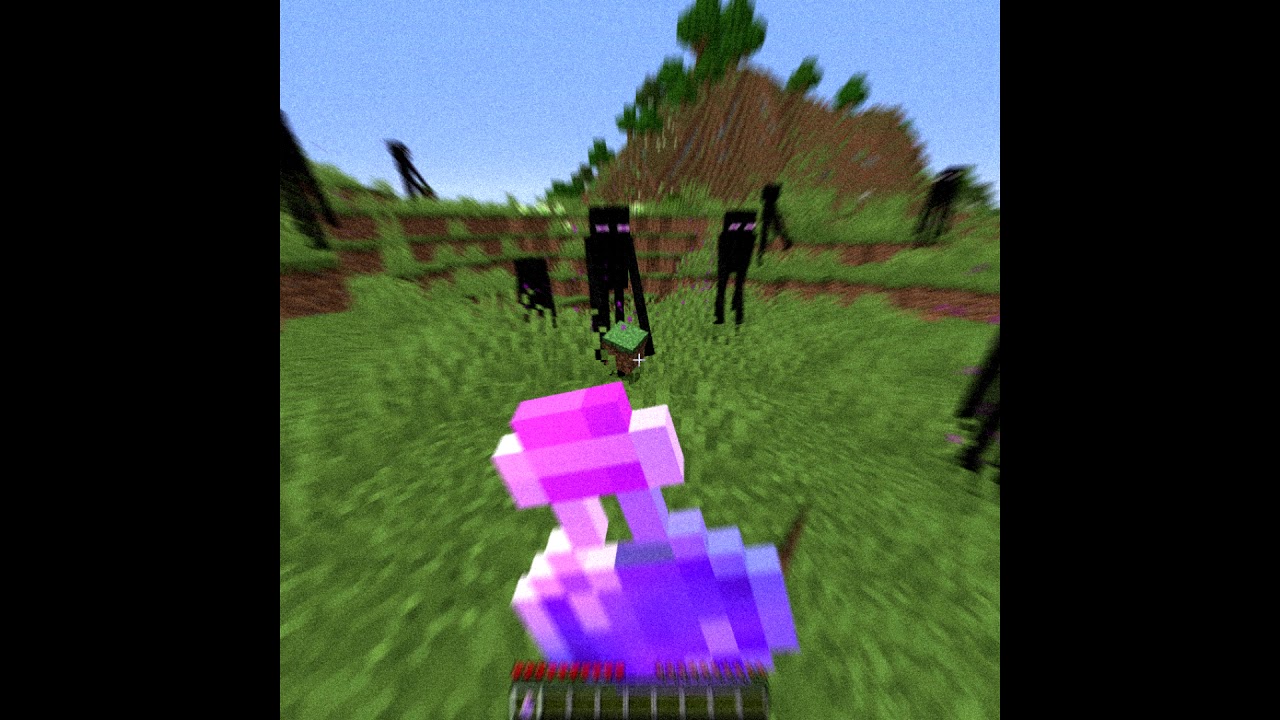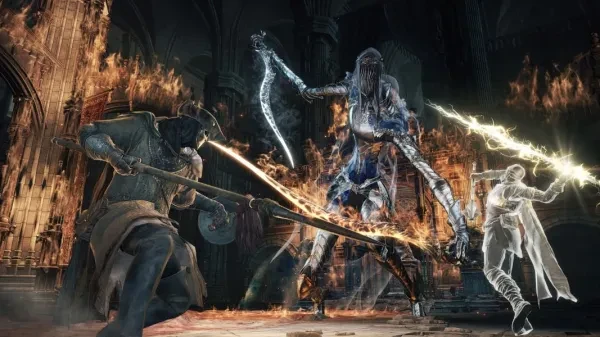
Better graphics, do they actually make a better game?
With the advent of next gen technologies and developers now having time to really tinker with the new tech and develop (or enhance) their game engines, it’s no surprise when the graphics quality of the games they produce are usually their main selling point.
Flashy, new graphics have always been popular with gamers everywhere, and why not? Better graphics create a higher level of immersion in RPGs and can make a game more enjoyable.
Enjoyable however, does not mean better. Many titles by AAA developers with great graphics have been found lacking by most gamers due to lack of originality, bland story/characters, clunky controls, etc. Even for the biggest names in the business with the rights to some of the most lucrative franchises in the business, good graphics haven’t always guaranteed success.
On the other hand, there are many games with lower quality graphics, that don’t have all the flashy effects that have found their place in many gamers’ hearts (Minecraft anyone?).
In recent years however, there’s been a growing trend in RPGs with cell shading or “retro” graphics. Recent examples such as “Starbound” demonstrate that these visual art styles can get a better experience across than some games made with state-of-the-art graphics engines
.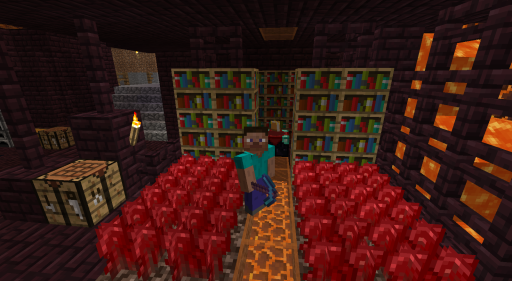
Minecraft delivers fun without the need for flashy graphics
Old examples like Chrono Trigger or Final Fantasy III were games that even in their day had what was considered to be medium level graphics, yet delivered story and gameplay-wise to such a degree that they are still talked about, and played, today!
Remakes- Old stories with a fresh look
Another trend on the rise, in games as much as TV and film, is that of the remake/reboot. Old franchises, good and bad, have been going under the knife lately, getting a fresh look to make them more appealing to today’s audiences. One such example that I want to focus on is the Final Fantasy 7 remake currently under development by Square-Enix.
This game and its failure/success have bigger implications for the gaming industry as a whole. Were this remake to meet expectations (and dare I say, surpass them?) we can expect a slew of remakes and reboots to come from all kinds of developers.
What does this mean for us consumers? Well that’s a little hard to answer. On the one hand, great RPG classics like Chrono Cross and Xenogears could possibly get a revisit in the near future. On the other hand, if this turns out to be a cash cow, we can expect a lot of companies rushing out their own remakes in order to cash in.
The gaming community as a whole has learned the hard way what happens when you rush beloved titles out the door and no one is looking forward to that happening again. I still have nightmares about Conker: Live and Reloaded. There are good reasons why Square-Enix took 20 years to develop a remake, reasons that should not be taken lightly.
Homeworld: Remastered, one of the greatest PC games of all time in glorious HD
On the PC side of the spectrum, games have been getting remakes for years, mostly by fans. Countless titles from countless genres have been going under the knife in people's homes. Fan interest has made games like the amazing space RTS Homeworld and it's sequel Homeworld 2 to recieve a facelift from their creators, to put them more in line with today's technologies. Top names in PC gaming such as Valve have been remaking their best titles for years. The Source series of games (that being CS:Source, Day of Defeat: Source, etc.) are some of the company's most succesful, not only in sales but in popularity and quality as well. While now a little outdated, it's important to note that these games show just how a remake should be done.
Virtual Reality, the future of gaming
Virtual reality technology has been dabbled in quite a few times in the last 25 or so years. All have met with varying degrees of epic failure. Nintendo’s Virtual Boy still stands a shining example of how NOT to design a VR product.
However, that was then.
Technology has grown by leaps and bounds in these last few decades and it’s up to a point where VR can be done, and effectively.
The Oculus Rift has found a niche in indie and horror fans, offering a variety of titles that utilize its unique controls and immersion to deliver a truly rich experience. Sony just recently released the PlayStation VR which shows the industry interest is there.
So who says this can’t be applied to the RPG genre? Chronos (no relation to the aforementioned Chrono series) shows us what an early foray into VR RPG territory is capable of. While not a perfect game, it brings a great dungeon crawler with puzzles and presents it in a way that truly sucks the player in. Chronos really utilizes the VR features well and shows promise for any future VR RPG.
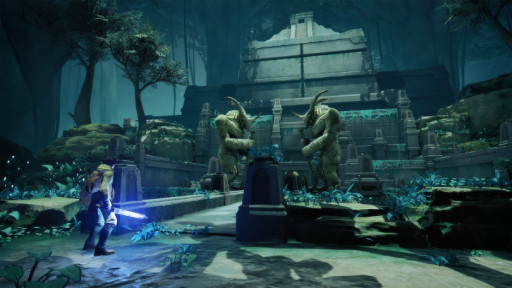
Chronos for the Oculus rift
This has enormous implications as to what kinds of games we can expect in the near future. Imagine playing a sandbox RPG like Skyrim, when you suddenly get ambushed by bandits while out exploring.
They quickly surround you and as you look around you notice they’re in the trees. You only have your trusty axe and a bit of magic to help you out. What do you do?
Well since you’re playing VR you’ll probably pause for bit while you think up of a good combo and go back in to roast some disrespectful bandits. While yes, sprawling epic RPGs the likes of Skyrim are still a long way away from appearing on a VR console, the time is ripe for such a project.
We have the technology to no longer have to play as the hero or the villain, but to become them. This opens up a whole new universe as to the kinds of games that can be developed and the unique features they’ll bring!
New franchises, new faces
While we established that remakes can be a great thing if done right, we need original content. For too long developers have mostly relied on their tried and true formulas to keep making profits and have actually discouraged development on new franchises. There have been exceptions to this rule, of course but they are in the minority.
If you look through the “Top Games of the Year” list on any website for the last couple of years you’ll find that many of the games on those lists are either sequels, remakes, reboots or remasters.
With next gen tech however, developers once again have another opportunity to make use of the new hardware to make some really memorable and new experiences.
One such recent example is Blizzard’s Overwatch which released in May to rave reviews and critical acclaim. This class-based online multiplayer FPS has drawn gamers from all over the world, starting a new e-sports scene that in some region even competes with industry giant Riot Games and their incredibly successful MOBA, League of Legends.
Blizzard's Overwatch has quickly become a favorite among shooter and MOBA fans everywhere
So what does this mean for future games? Well for one, Overwatch showed that a fresh, well-made IP will be well received by gamers everywhere. Especially in an industry where sequels and remakes are the top sellers. With increased online features and better multiplayer capabilities on all next-gen systems, we can definitely expect some new and interesting franchises being developed by AAA and indie developers alike.
A shinier return to tradition?
There is one clear fact we can gather from the popularity of reboots. We, as a community, long for tradition. We like the comfort of old and are apprehensive to the new. It’s a normal way of thinking and it influences a lot in the industry, this is why we can start to see more traditional RPGs released in the future.
But what defines a “traditional” RPG? Its meaning has been lost due to constant adaptations and genre crossovers. A traditional RPG is usually one that has a top-down view, most often with turn based combat. Traditional western RPGs usually deal with mysticism and medieval themes while traditional Japanese RPGs vary in their themes but usually feature either the top-down view or the turn based combat or both.
Traditional RPGs are not completely gone, every year a good instalment in a known franchise or some underground gem seems to pop up but the genre hasn’t seen the success it did in the time of the PlayStation, when Final Fantasy reigned supreme. It’s normal of course, as back in the PlayStation era the technological imitations really meant that the traditional RPG was still the best formula to get a story across.
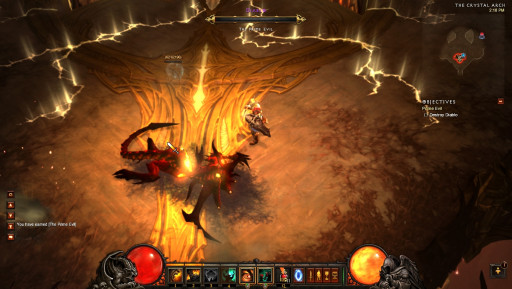
Diablo III, one of the best top down RPGs of recent years, maybe even all time.
With the advances in game graphics we can definitely expect more games like Diablo III, games that offer an old-school RPG play style with current gen graphics and effects. So even though you may not have a game that displays in full 4k graphics, you can still play a great game that’s good looking as well.
Even more recent examples like Lost Ark and the upcoming Torment: Tides of Numenera show us that the top-down style of traditional RPGs is making a big resurgence, despite of all the advances in advanced graphics and the AAA titles that use them.
So in closing, what exactly can we expect out of next-gen RPGs currently in development and future titles yet to be announced? Well we can expect more, hopefully high quality remakes/reboots. More traditional RPGs with new technology used to revitalize the genre and as far as VR goes, there’s an incredible amount of potential to be had.
We can only hope that developers take advantage of all the tools available to them in order to produce a high quality game. One thing is certain though, the near future holds a lot of promise for RPG fans everywhere.
Related Articles:
10 PC role playing games that will take you on great adventures


